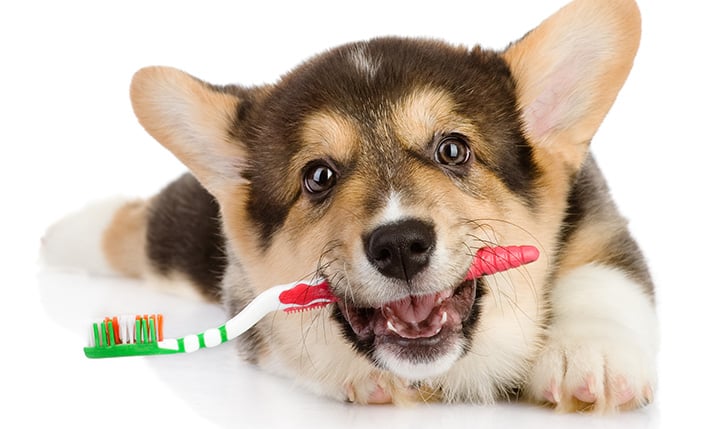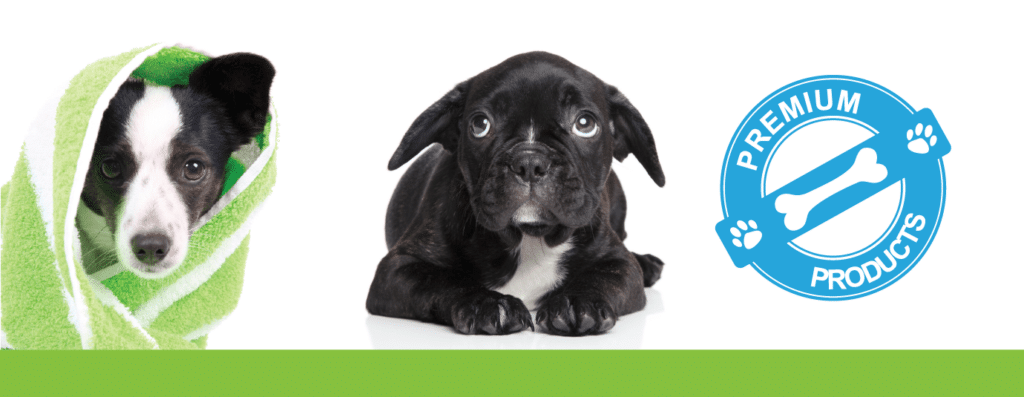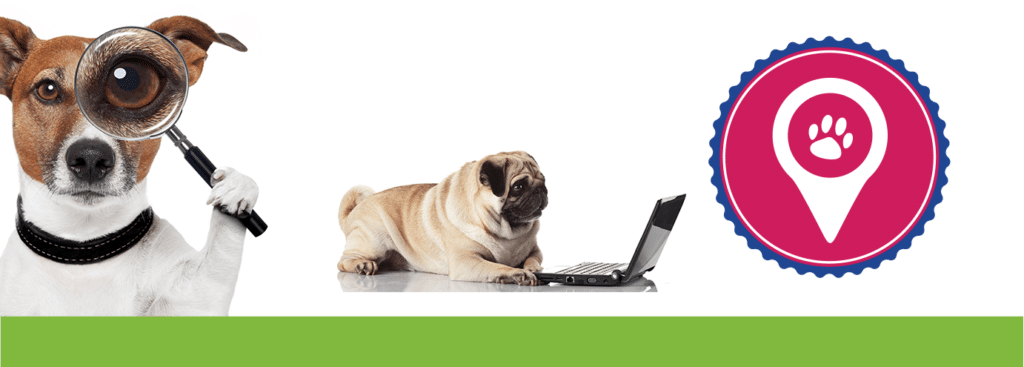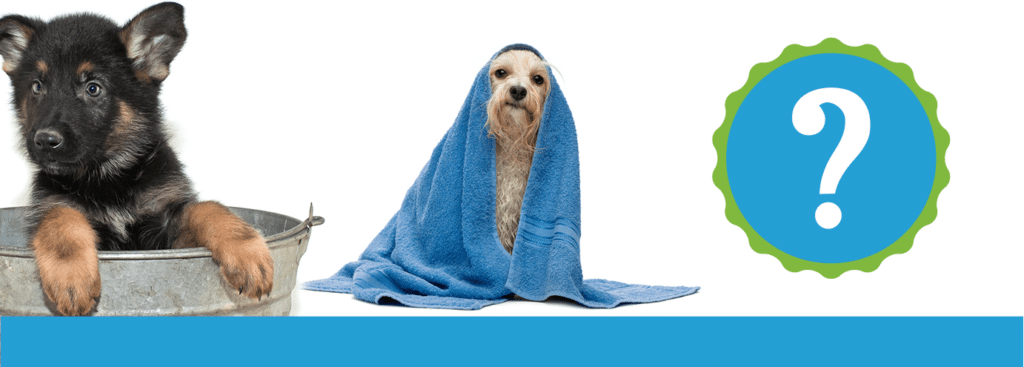Learning How to Remove Plaque On Dog\’s Teeth Prevents Disease and Brightens Smiles
Do you wake up with your dog\’s face inches away from your own? This is part of the nuzzling behavior that is their way of saying, \”I love you.\” The only thing that makes this moment less precious is when you begin noticing plaque on your dog\’s teeth. Not only does this make their breath smell horrible but it can raise alarming oral hygiene flags.
Dental issues like gingivitis, periodontal disease, abscesses, and lost teeth all stem from a lack of oral care. When plaque is left to harden on a dog\’s teeth it becomes tartar. As tartar accumulates along the gum line, it forces the gums away from the teeth. Eventually, this will expose the roots of teeth which were once covered by protective enamel. This can be incredibly painful for a dog. A dog will develop eating sensitivities and have chronic pain and discomfort.
Plaque and tartar can also build up underneath the gums. This is problematic too. Plaque build up underneath the gums causes the gum to pull away from the teeth, creating small pockets for bacteria to form. Internal diseases can also arise from plaque on a dog\’s teeth. When plaque builds up in a dog\’s mouth it leads to an overabundance of bacteria. This bacteria can secrete into your dog\’s bloodstream causing medical complications like kidney disease.
Excessive Plaque on Your Dog\’s Teeth
Some dogs are predisposed to plaque accumulation. Toy breeds and brachycephalic (squishy faced breeds) often have issues because of their teeth have abnormal alignments or crowding problems. Although every dog will need regular teeth brushing, extra precaution should be given to the toy breeds.
Pets with chronic medical conditions are also susceptible to medical complications associated with bad oral hygiene. Animals with abnormal saliva quantity, gum health, an overabundance of flora (oral bacteria), and a disrupted pH balance in the mouth are predisposed to plaque on a dog\’s teeth.
Plaque forms while your dog eats. Both canned foods and kibbles form into plaque that sticks to your dog\’s teeth. The pre-domesticated dogs did not have an issue with plaque is that they chewed the bones of their prey. Chewing is a dog\’s natural defense against plaque.Wild dog ancestors also weren\’t eating a kibble diet and for this reason, we recommend the rotational diet.
Signs of Oral Disease:
- Bad Breath
- Brownish Crust on Teeth
- Crust on Gumline
- Red & Swollen Gums
- Pain
- Sensitive to Bleeding
- Flinching When Area is Approached
How Can we Prevent Plaque Buildup?
The first and best way to promote healthy oral care is to brush your dog\’s teeth. Veterinarians advise brushing at least twice a week, more depending on the severity of plaque buildup. Some vets even state that daily tooth brushing is imperative. If your dog already has a serious case of plaque and tartar buildup you might need a professional dental cleaning administered by a veterinarian.
If you establish healthy teeth brushing habits with your dog as a puppy, this makes the whole experience much easier. A dog that is accustomed to having his teeth brushed will respond better. A dog can even perceive this time as a treat if he likes the flavor of the toothpaste. Vigilant teeth brushing is the best method for plaque control but there are other efforts pet owners can do between brushings.
Giving your dog a chew is helpful. The mechanical action from the friction of chewing scrapes plaque away. Dental chews and rawhides are your best bet. A raw hide is one of the best natural ways to prevent plaque. Raw hides are usually one ingredient so you don\’t need to worry about introducing your dog to harsh chemicals. There are also other health benefits that come with chewing raw hides for dogs. Not only do raw hides contain enzymes that are helpful in breaking down plaque, they contain vitamins like calcium, zinc, manganese, and potassium.
There are dividing schools of thought in the veterinary community when it comes to dry kibble food. Some vets state that large kibble food promotes chewing and this is an effective deterrent of plaque. Others believe this does nothing for a dog\’s oral care. Arguably, a raw diet is the most beneficial food choice for a dog. Raw meat is unprocessed with tons of proteins and natural enzymes. Giving a dog a solely a raw meat diet is not always practical. With the rotational diet—raw, fresh, canned, dry—your dog\’s diet has diversity with multiple deliveries of nutrition.
Steps to Begin Brushing Your Dog\’s Teeth
Again, the best time to start doing this is early, as a puppy, but it\’s never too late to teach an old new tricks by preventing some major health problems.
- Find the Right Time. Setting a routine with your dog will help them get conditioned to having their teeth brushed. Begin when your dog is relaxed and properly exercised—after a walk.
- Get the Right Tools. Get a dog toothbrush that you are comfortable handling and fits your dog\’s mouth. Dog toothbrushes have softer bristles that should point downwardly at the gum line at a 45° angle. Dog toothpaste typically come in two flavors, peanut butter, and poultry. Find one your dog likes. Never use human toothpaste, it is toxic for dogs!
- Introduce Brushing in Baby Steps. Begin just by holding the toothbrush by your dog\’s mouth. Let him sniff it. Also, practice lifting your dog\’s snout and rubbing your fingers over his gums with light pressure. This helps gauge your dog\’s willingness for the procedure. Let your dog taste the toothpaste. If they like the taste, stick with this one. You want your dog to perceive teeth brushing as a treat.
- Find a Comfortable Position. Your posture should be relaxed and your dog should be calm. Kneel or sit to the side you’re planning on brushing. Don\’t stand above your dog or hold them down in any way. This will exacerbate their stress levels.
- Begin Brushing. Once your dog is accustomed to the separate parts of brushing, put the steps together and go for a trial run. Apply toothpaste and brush with the bristles facing toward the gum. Start slow. Apply gentle pressure in a circular motion. Focus on the areas where plaque build up is the worst.
- Gentle Coaxing. Remember, this is a foreign experience for your dog. Soothe them with a calm voice and give them treats afterward for a positive association.
- Stop if Bleeding Occurs. It\’s normal for a little bleeding to occur but if the gum line starts bleeding heavily, you should stop. Try again later, but if the gum line continues to bleed profusely you should seek veterinarian support.
Veterinarian Dental Cleaning
If you are attentive to your dog\’s oral care and brush regularly you may escape ever needing to schedule a visit for a professional dental cleaning.
Some pets who are naturally susceptible to plaque on their teeth may need to visit a veterinary dentist twice a year. This will prevent oral infections, inflamed gums, and other medical complications right in their tracks.
If your dog is exhibiting any of the symptoms of oral disease it\’s time to visit the dentist. A veterinary dentist will take digital dental x-rays and perform any necessary procedures like a tooth extraction. All medical procedures like this require anesthesia for your dog\’s safety. Recently, anesthesia-free dentistry has been gaining popularity in the U.S. as a result of pet parents trying to avoid the costs of sedating their pets. In many cases, this is unsafe and inhumane. Veterinary clinics are mandated to anesthetize and intubate patients for dental procedures.
For more information on teeth cleaning and scaling, procedures click here.
What Splash and Dash Can do to Help
Accomplishing a dog\’s oral health routine is difficult, especially if your dog is not accustomed to having their teeth brushed. Plaque on your dog\’s teeth will only get worse if you don\’t take measures against it. If plaque and tartar build up becomes severe enough, this can lead to very expensive veterinarian procedures and your dog can suffer through the whole process.
The key to avoiding this is good preventative care—daily teeth brushing and providing dental chews.
Many pet parents simply do not have enough time. Dog\’s require a ton of maintenance between walking, grooming, and now add on brushing their teeth. Attention to your dog\’s health is vitally important. You may consider finding a reputable groomer like Splash and Dash Groomerie & Boutique to help you and your dog.
Splash and Dash is unique in the grooming industry. They are the only pet spa to offer an unlimited bath and brush service. You pay a low monthly fee and can take your dog in for grooming at your leisure. Let Splash and Dash do the banal parts of taking care of your pets for you. This leaves you time to get back to the fun parts of owning a dog! Say goodbye to bad breath forever and rest easy knowing your dog\’s oral health is in condition.
Follow Splash and Dash Groomerie & Boutique:
- Website: http://splashanddashfordogs.com/
- Website: https://splashanddashfranchise.com/
- Facebook: https://www.facebook.com/splashanddashfordogs/
- Instagram: @splashanddashfordogs



